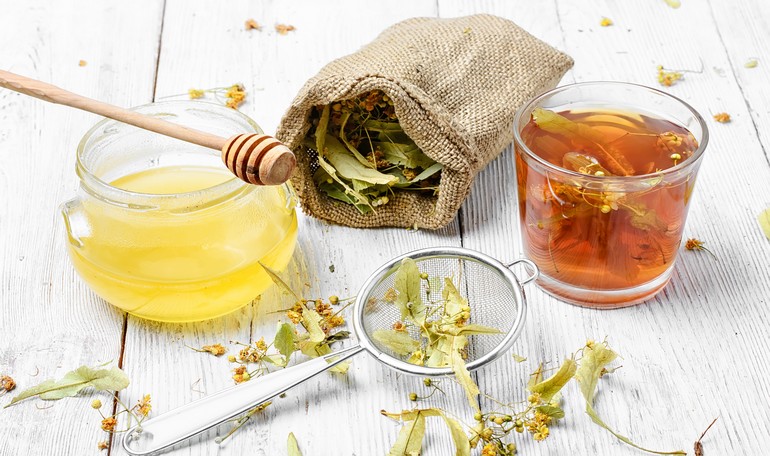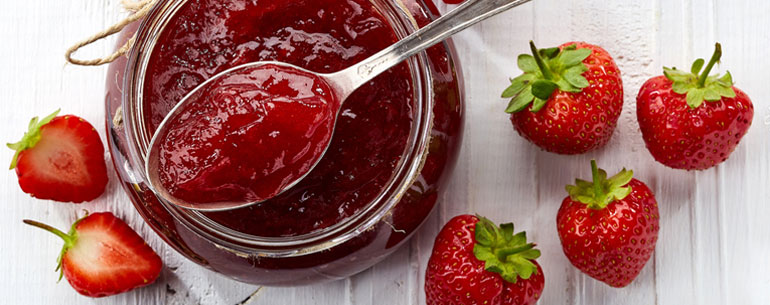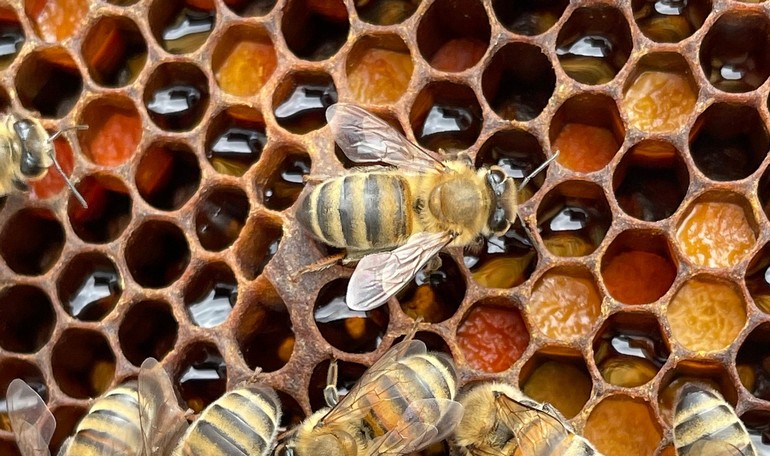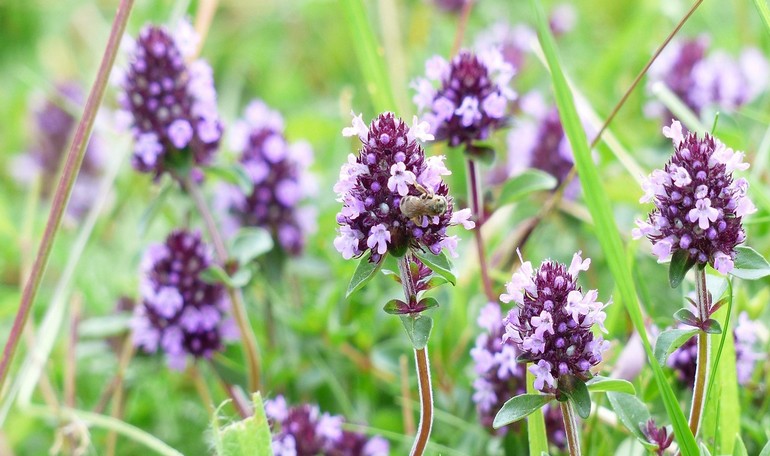The word from the nutritionist
The lime: a natural sedative
Tilia, commonly called lime tree, is a genus of about 30 species of trees.

These tree are present in all area of the temperate Northern Hemisphere. Its name derives from the Greek word Ptilon that means wing.
The wood is soft and easy worked, but not resistant to wear and for this it is not used to produce power tools, it is not good also as combustible. Instead it is perfect to produce object of light carpentry as frames, toys, sculptures and shoe trees and household equipment. It’s also used in the mechanisms of piano and other instruments keyboard instruments.
The most used parts of this tree are their smelling flowers and the leaves, rich in flavonoids, tannins and essential oils; for this they are very used to cure the headache, the insomnia, the anxiety and stress. The lime is also the tree most indicated to treat the diseases of the airways both in children and adults, because the mucilage content in the flours gives an anti-inflammatory properties.
The colour of honey is amber / dark yellow, the smell is mentholated, camphorated and resinous; the taste is refreshing, medicinal, of fresh nut, of sage and lime with a final note of citrus. Thanks to its freshness it is perfect to sweeten a herbal tea, a chamomile, a warm drink where its mentholated aroma can add more fragrance.
It’s also perfect eaten with Alpine cheeses (es. Castelmagno, Bagoss and Bitto) and for the preparation of bittersweet sauces.
Published 09 January 2017





